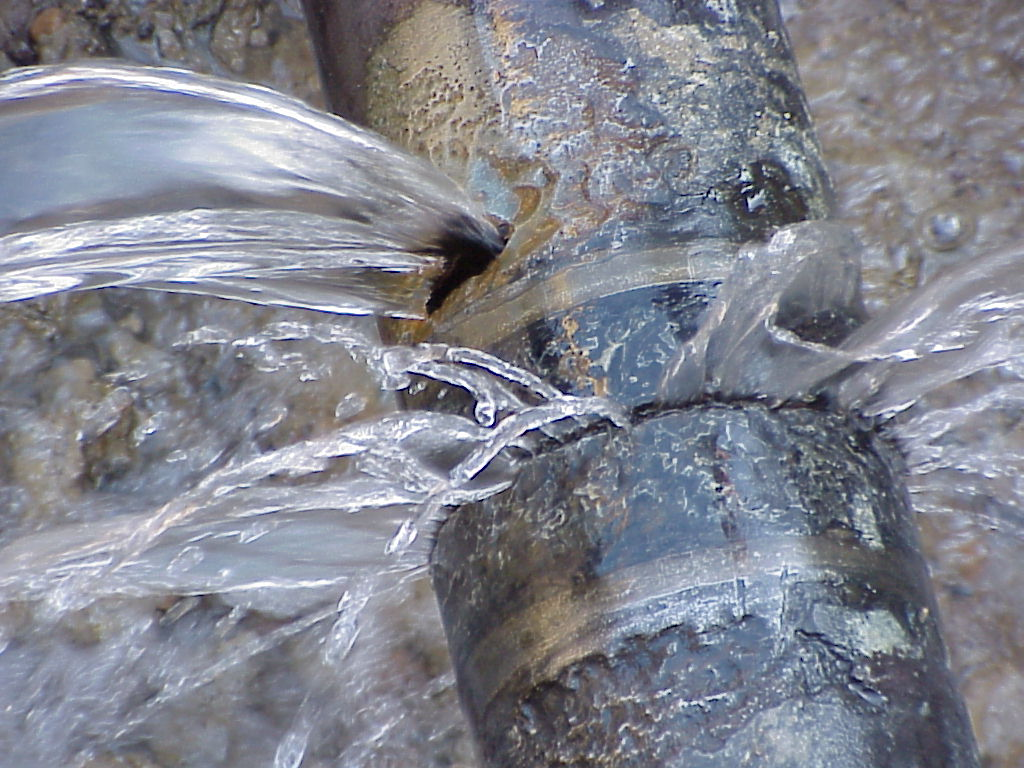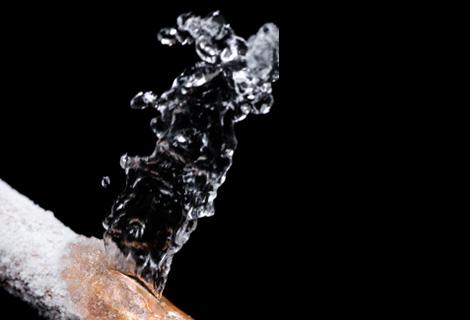Expert Tips On Handling Burst Water Pipes - Minimizing Damage
Expert Tips On Handling Burst Water Pipes - Minimizing Damage
Blog Article
What're your opinions about Quick Tips To Help Deal With Water Damage?

What should you do if a pipes bursts in your home, developing a mini-waterfall and flooding an area of your house? In this scenario, you have to act quickly. The longer you wait, the much more serious the water damage in your residential or commercial property. When an emergency similar to this happens, clearheadedness is essential. For these factors, you require to learn what to in case of a burst pipes. Due to the fact that time is of the essence, check out the following tips listed below to help you act quickly.
Shut Off the Key Waterline Valve
The first thing you need to do is close the shut-off valve. Seek the local shut-off shutoff to turn-off water in one specific area only. If you do not recognize where the local shut-off valve to the component is, you need to turn-off the major waterline shutoff. This will cut off the water in your entire home. Generally, the major shutoff is located outside the residence next to the water meter. You can additionally locate it in the cellar at an eye-level or it can be in the 1st flooring on the ground if it's not there. Generally, contractors yet the shut-off shutoff generally ground level bathroom or best next to it.
Call Water Damages Restoration Pros for Aid
After closing the water source, call the pros for help. This is not something you can conveniently do it yourself because they require to deal with the pipes and attend to the damages to your home. Look for help from a trustworthy company offering 24/7 emergency services. With their expert aid, you can alleviate exacerbation since water can permeate with your points leading to deformed baseboards, loosened tiles, or damage framework. Don't take this issue lightly and look for profession guidance for complete assurance.
File the Damages For Insurance policy
As you are waiting on the pros to arrive, document the damages triggered by the wayward pipeline. Take images as well as videos of every little thing. Do closeup shots of prized possessions. These things will work as proof for your home owner's insurance coverage. Staying proactive with this allows you to sue for insurance coverage, which will assist you as well as your family members come back on your feet.
Salvage Points That Can Be Saved
Read the things and take out the most crucial ones from the stack when you're done taking photos. Dry them off as well as try to preserve as long as you can. Drag them away from dampness so they can start to dry.
Begin the Drying Refine
While waiting for the pros, you can start the drying procedure. The good news is, water from your waterlines are tidy so you do not need to worry about sewage system water. The moving water might have disturbed the dirt and debris in your carpets and floorboards. Be prepared with gloves as you use buckets to dump out the water. After that, blot out as much as you can with old towels. You can also switch on an electric fan or open windows to advertise air flow. This will speed up drying and also hinder mold and mildew as well as mold growth.
Experts are the only ones certified to deal with the burs pipelines and also subsequent damage. You will normally see red flags like bubbling paint, odd sounds in the plumbing, musty smell, caving ceiling, peeling off wallpaper, or water stains.
What should you do if a water pipeline bursts in your residence, producing a mini-waterfall as well as flooding a location of your home? For these factors, you require to learn what to in situation of a ruptured water pipe. After shutting the water resource, call the pros for help. With their specialist assistance, you can reduce worsening due to the fact that water can seep through your things resulting in distorted walls, loose floor tiles, or damages framework. Thankfully, water from your waterlines are clean so you don't have to stress about sewer water.
BROKEN WATER PIPES: COST TO REPLACE & WAYS TO FIX A PIPE
CAUSES OF A BROKEN WATER PIPE
A water pipe can break for several reasons depending on the environment you live in, type of pipe, and circumstances.
The most common cause of broken pipes is freezing. If you live in a colder climate, this could happen. When water freezes it increases in volume by 9% and the pressure in the pipes can go from 40 psi to 40,000 psi. Clearly, this could be detrimental to the pipes. Water freezing causes quick expansion, which puts stress on the pipes and could lead them to crack or weaken. When water thaws, it will leak out the cracks. Other changes in water pressure can also cause breakage. Another common cause of broken water pipes is age.
Depending on the material, water pipes can last anywhere from 70-100 years. But the older they get, the more susceptible they are to weakening and corroding. Older pipes coming into contact with another material could speed up the corrosion process as well. PVC pipes can become brittle with age, while copper is prone to corrosion and stress over time. Something that could also potentially break water pipes is when they move. They may move from construction or the house settling. Moving can stress the fixed pipe which may lead to a leak or burst pipe.
HOW MUCH WATER COULD LEAK INTO YOUR HOUSE FROM A BROKEN PIPE?
The amount of water that leaks depend on how big the break in a pipe is. If it is just a minor crack, water will slowly leak out. This isn t as serious as a full broken pipe, but it can still cause significant damage to your home. Burst pipes can leak up to 10 gallons of water per minute. The amount of water leaked also depends on what appliance is involved. The water line to your refrigerator can leak to 1 gallon per minute depending on water pressure. One toilet supply line may leak 2-3 gallons a minute and a washing machine hose will leak up to 10-12 gallons per minute.
TURN THE WATER OFF
Doing this first is imperative; everything else can wait. You need to deactivate the water supply to stop the flow of water and prevent more water from leaking into your home. Shutting off the water could potentially save you thousands in water damage repairs. Locating the water shutoff valve depends on the climate you live in. For colder climates, the valves are usually inside, such as in the basement. For houses in milder weather, the shutoff valves will probably be outside either attached to an exterior wall or in an underground box with a removable lid.
OPEN A FAUCET
The next thing to do is to open a faucet or turn on a sink. This will relieve any remaining water pressure in the pipes and ensure a full-shut down.
GET RID OF THE WATER
The quicker you get rid of the water, the less water damage and mold there could be. Use a mop and a shop vacuum to help get clean up the water. Use towels to dry everything the best you can.
CUT AND REMOVE THE DAMAGED PIPE
Once you have shut off the water and drained the damaged water pipe, you can begin to fix the issue. Cut out the damaged section of the pipe with a pipe cutter, ensuring that you also cut one inch extra on each side of the damage. Once you get rid of the broken part of the pipe, you may begin repairs.
https://www.wmhendersoninc.com/blog/broken-water-pipes-cost-to-replace-ways-to-fix-a-pipe/

I came across that post about Do s And Don ts For Homeowners Managing With Water Damage while perusing the internet. Sharing is nice. Who knows, you will be doing someone a favor. We enjoy reading our article about What You Should And Shouldn t Do When Dealing With Water Damage.
Free Estimate Report this page